
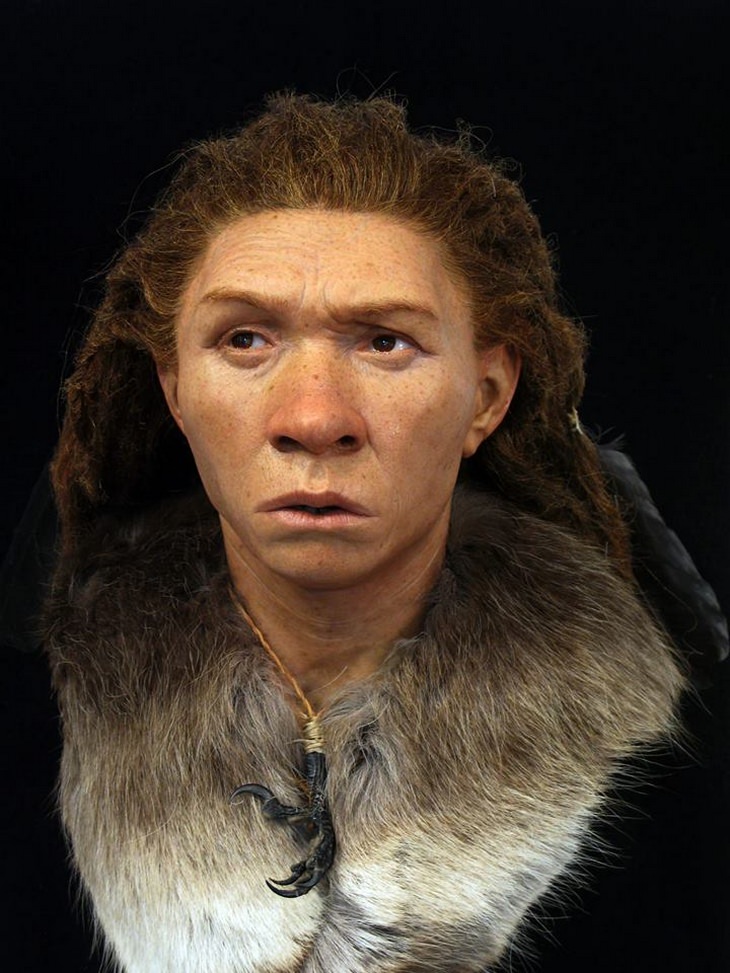
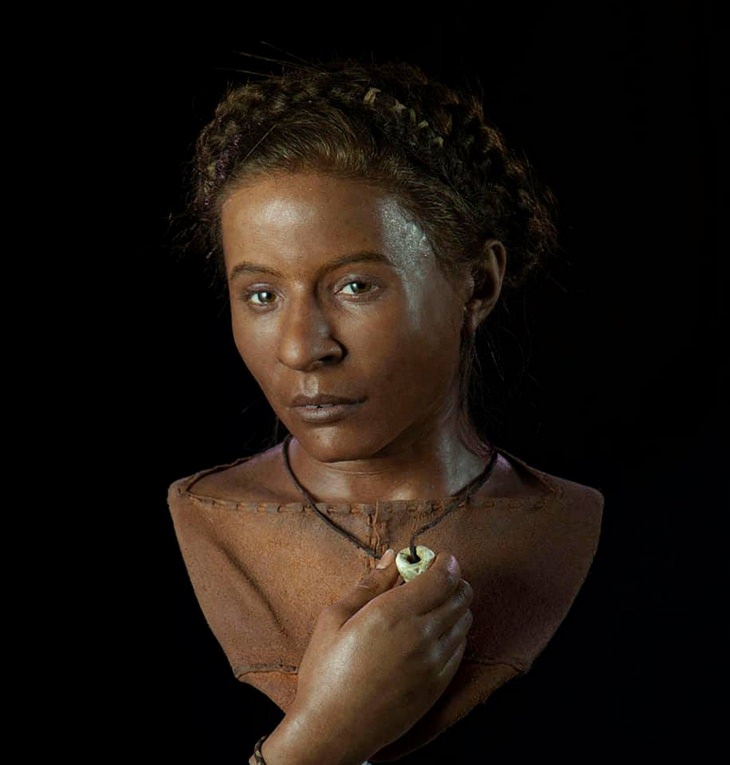
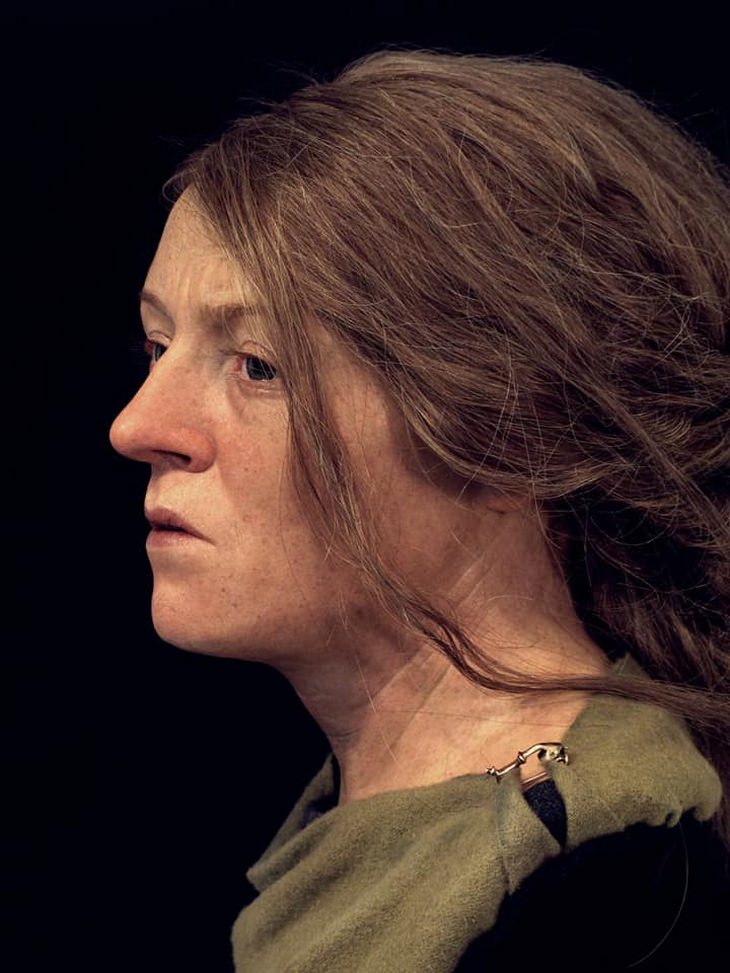
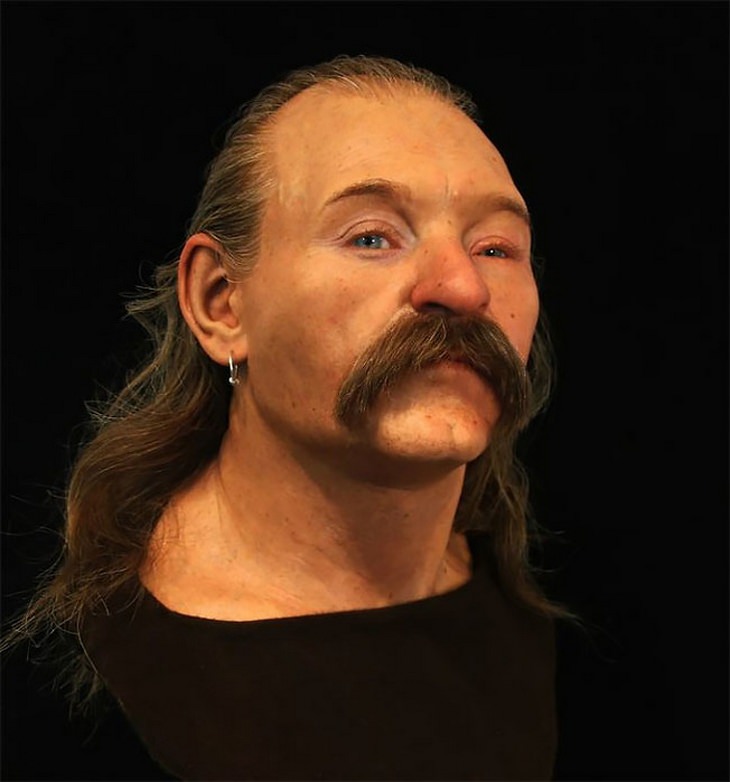
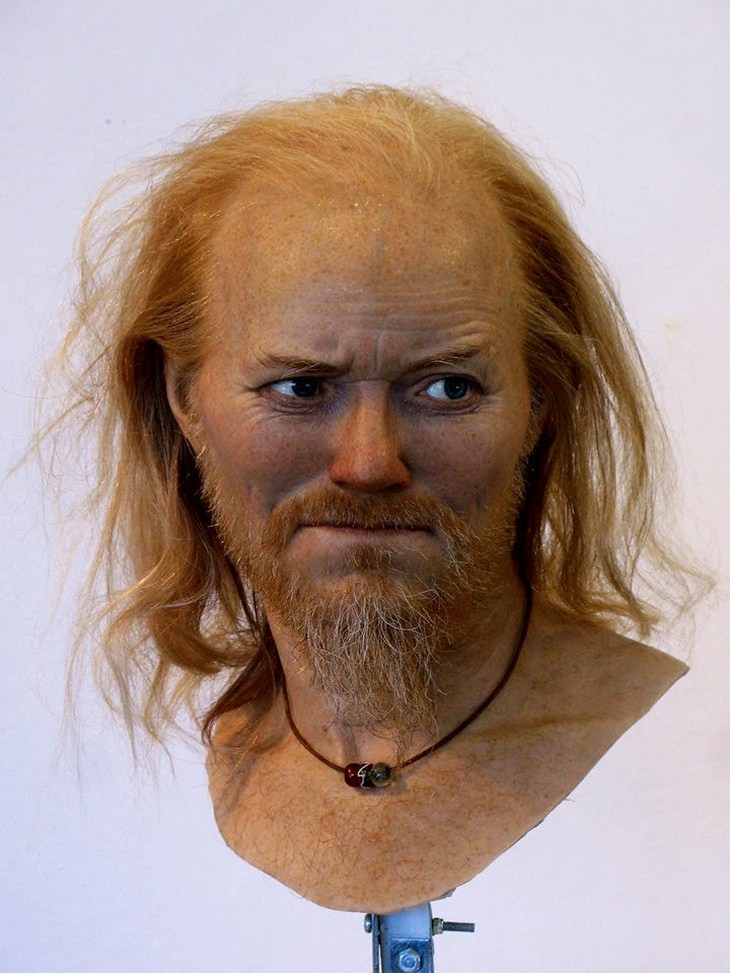
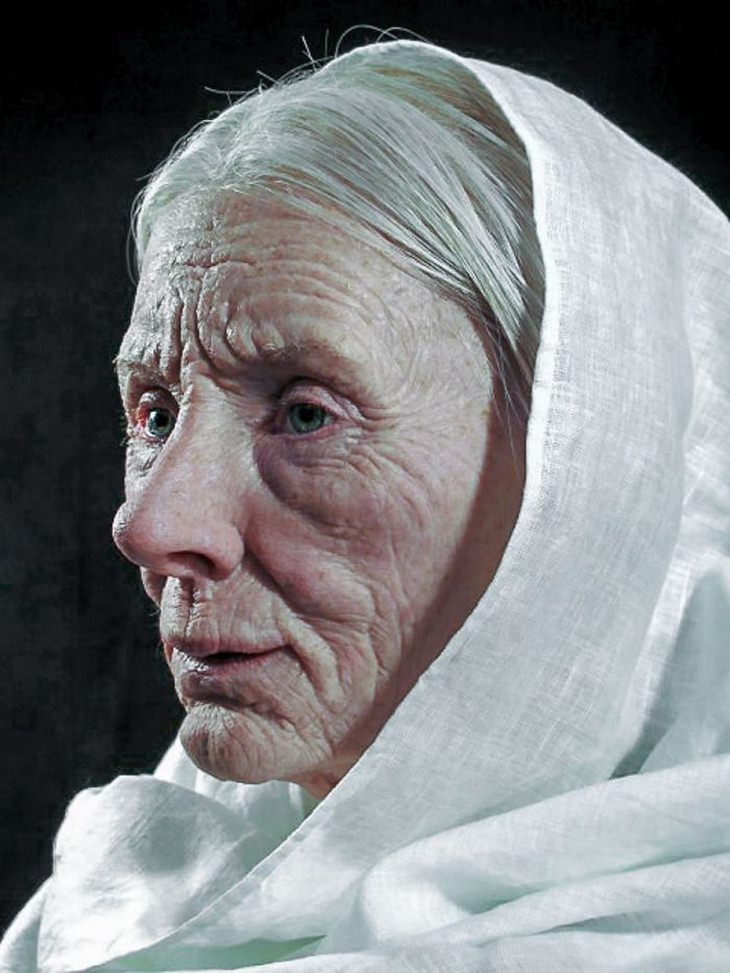
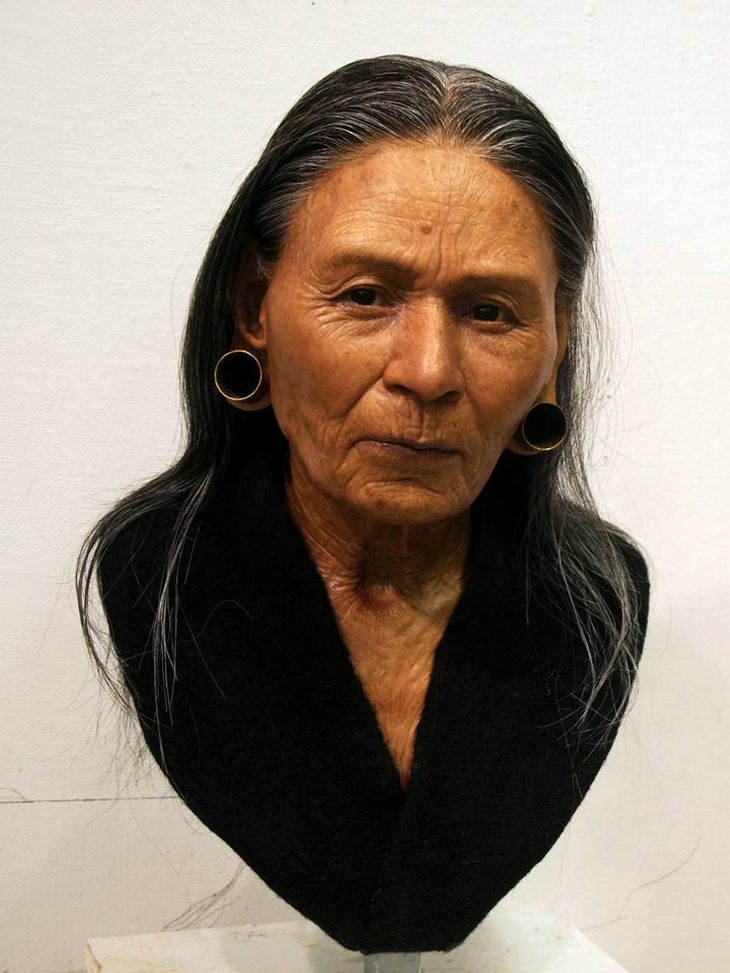
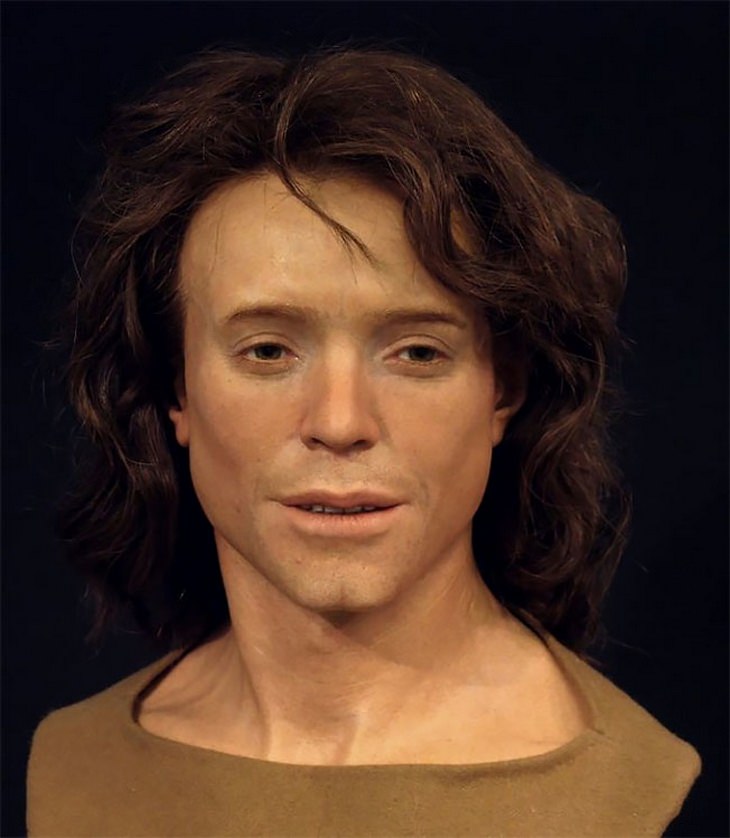
Image source: ODNilsson.com, Facebook/ODNilsson

Then & Now - How Time Transformed 7 Grandiose Palaces
Time leaves its mark on everything, even grandiose structures like palaces. Here are 7 digital reconstruction of once-incredible castles around the world.

11 Unique Museums to Visit in the City of Prague
we've compiled a list of the top 11 must-visit museums in Prague!
 6:38
6:38
How Belgium Functioned For Two Years Without a Government
Forming a government in Belgium is so difficult, the country has been operating without one for nearly 2 years! But how is that possible?

Quiz: Can You Answer These Trivia Questions about France?
A quiz about French history and culture
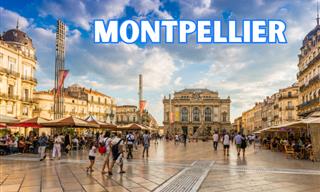
Welcome to One of the Most Beautiful French Cities...
Prepare to immerse yourself in all that Montpellier has to offer - discover what sights are truly worth seeing and experiences worth having.
 11:52
11:52
Was the Statue of Liberty REALLY a Gift?
Learn about the numerous possible people who may have modeled for the Statue of Liberty, and some shocking myth-busting.

These Needle-Felted Cats Are Adorably Realistic
Japanese artist Mayumi Yamamoto makes incredibly lifelike cat portraits.

Look Closer... This Art is Made from Raw Fish
This art is made entirely from raw fish and it's impressive. Take a look:
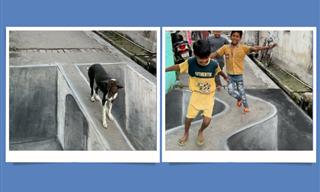
Indian Art Teacher's 3D Street Art Brightens Local Streets
A local Indian art teacher's vivid chalk drawings have breathed life into dull neighborhood streets.
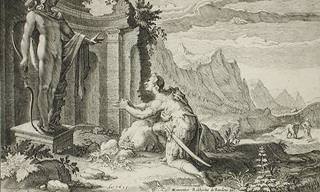
Greek Mythology: Six Mind Blowing, Ancient Tales...
From inspiring heroes to truly tyrannical villains, these great stories from Greek Mythology will reverberate with you for years to come, from the music of Orpheus to the defiance of Prometheus
 3:29
3:29
Hilarious: So This Is How Musicians Impress Women!
I have never laughed so hard at a purportedly 'classical music' concert before.
 2:35
2:35
These Colorful Belly Dancers are Beauty in Movement
In this spectacular show, you will meet Fleur Estelle and her team of dancers in a particularly colorful and oriental belly dance performance.

15 Times People Made Stunning Art Pieces Out of Quilts
Admire these amazingly beautiful and artistic-looking quilts.

When Art Meets Nature, Beauty Is Born
This artist creates gorgeous cutout art on the most unexpected canvas - leaves - and photographs his artworks in nature

The Revolutions That Sparked These 5 Famous Paintings
These 5 famous works of art were sparked by different revolutions and tell absolutely fascinating histories.
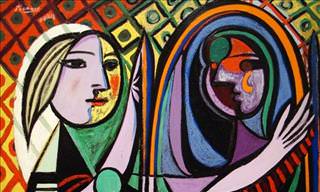
11 Picasso Paintings That Shocked the Art Establishment
If there is one artist of the 20th century that everyone knows, it's Picasso. Here are the 11 works of his that shocked the world and cemented his fame forever.

You May Need to Give These Pictures a Second Look...
Robert Gonsalves specilizes in making the kind of paintings that make you sigh, then amazed, then thoughtful.

These Realistic Paintings Open Up a World of Beauty
American artist Harry McCormick captures the beauty of interior scenes with his striking realist paintings.
 5:53
5:53
This Beautiful Little Story is a Visual Delight
In this gorgeous, award-winning little animated short, you'll find a mouse with a great ambition.
 4:25
4:25
Who Said You Can't Have a Laugh With Classical Music?
A Funny Musical Performance: by the mozart group playing a funny song they term 'How to Impress a Woman'.
 12:23
12:23
This Child Makes Any Music Lover Smile With Joy
This child prodigy is an amazing classical music player.

These Paintings Defined the Pre-Raphaelite Movement
The Pre-Raphaelite movement of the 19th Century concerned itself with harking back to the the past, to a time before the Italian masters. See these paintings.

Artist Proves You're Never Too Old to Follow Your Dreams
Take a look at this incredible art collection of classic cars by Shanon Fannin.
 1:38
1:38
This 2-Year-Old Can Dance As Well As Elvis
He may be just 2-years-old, but this boy can dance like the King!
 5:03
5:03
Listen to an Gorgeous Version of a Beloved Canon
This is one of the most beautiful versions we've heard of Pachelbel's canon, and we're sure you'll agree with us.
 3:16
3:16
This Version of Hallelujah is So Serene and Special
Violin prodigy Karolina Protsenko and the talented saxophonist Daniele Vitale joined forces, in this incredible duet of Leonard Cohen’s classic ‘Hallelujah'

15 Paper Quilling Designs That Are Soothingly Beautiful
Gergana Pencheva creates gorgeous paper art pieces using a technique called quilling. Take a look at her best work!
 4:02
4:02
Listen to This Stunning Rendition of a Christmas Classic
Pentatonix is an acapella group that is known throughout the world for its members' singing ability. Listen to them perform a Christmas classic in this video.
 6:00
6:00
WATCH: This Dance Is an Ode to Beautiful Mother Nature
This shadow dance, a tribute to nature, will move you to tears through its poignancy and thanks to its stark depiction of the reality that Mother Nature faces.
 4:46
4:46
The Grace in This Performance Is Jaw-Dropping
This beautiful combination of dancing and acrobatic performance will totally take your breath away. Be sure to watch it right now.

11 Artists Who Make Magical Sculptures Out Of Wire
Take a look at this gallery of beautiful wire sculptures from different contemporary artists
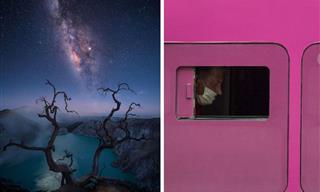
22 Thought Provoking Winners of Budapest Foto Awards
The Budapest International Foto Awards just published their winners, and the photographs are so thought-provoking and unique, they truly speak for themselves.
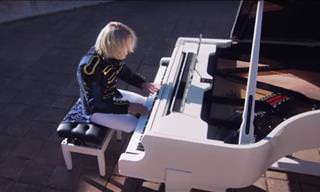 3:47
3:47
Is This What Falling in Love Sounds Like on Piano?
When celebrated young pianist Jarrod Radnich performed this majestic piece at such a glorious castle I could not help but be swept away.
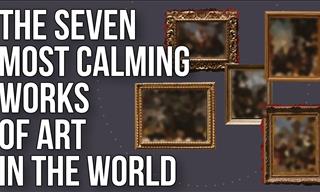 7:53
7:53
7 of the Most Calming Famous Artworks in the World
These paintings have a calming effect on people, and the explanation of the human psychology underlying this phenomenon is insanely interesting!
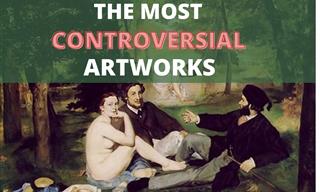
These Famous Artworks Were Once Considered SCANDALOUS
Throughout history, artists have repeatedly tried to challenge societal norms. And sometimes, they succeeded. Here are 7 of history's most controversial artworks.

If You Love Country Music, Hank Williams is Your Man!
If you're a fan of Hank Williams, then you'll definitely want to have a listen to this collection of some of his greatest hits.
 7:20
7:20
This Little Guy Just Wowed Everyone With His Voice
Meet Masuku, a modest young man with a shy smile who's about to take the stage. Little does the audience know, they're in for a breathtaking surprise.
 12:07
12:07
Watch These Acrobats Defy Gravity in an Amazing Circus Act
You’ll be on the edge of your seat watching these talented Russian circus acrobats perform feats on the teeterboard like you've never seen.

The Stunning Flower Paintings of Darryl Trott
A selection of some stunning flower paintings by the Australian artist, Darryl Trott.
 7:23
7:23
Spectacular! This Choir Brings You the Sounds of Africa
This choir takes to the stage to give their rendition of Toto's "Africa" and the result is awesome!

Music Box: Enjoy 20 Classic Female French Songs
From "Ella Elle L'a" by France Gall to "Paroles Paroles" by the legendary Dalida, listen to 20 huge hits by the greatest French female singers of all time.
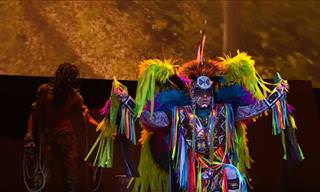 9:36
9:36
This Tribal Dance Performance Will Blow Your Socks Off!
This beautiful performance of dance, poetry, and violin pieces perfectly illustrates the turbulent relationship that humans share with the natural world.
 3:59
3:59
This Orchestral Masterpiece Will Bring Tears to Your Eyes
Watch Plácido Domingo's incredible version of 'Silent Night' that will bring tears to your eyes!
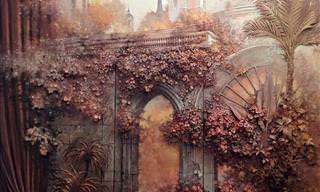
Wow! this Man Can Turn a Boring Wall into Stunning Art!
Goga Tandashvili, a Russian artist, is a master of the art known as Bas-relief. Take a look at his stunning work here!
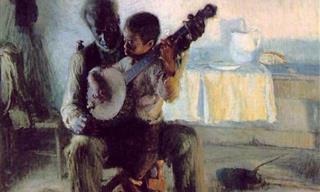
15 Mesmerizing Paintings by Henry Ossawa Tanner
Henry Ossawa Tanner was the first African-American artist to gain international acclaim. Enjoy 15 of his most remarkable paintings.

Wow! These 3D Cakes Are Just Too Beautiful to Eat!
Siew Boon first discovered 3D jelly cakes a couple of years ago. Due to her popularity, she started her own business called Jelly Alchemy. Check out some of her amazing work here!
To enable your Ad-Free Subscription, please fill the fields below
Your subscription was successful, now you can enjoy an ad-free experience!!
Note: To make sure you get no ads, please make sure to log in to your account. If you are logged in already, then refresh the page. The subscription can be cancelled at any time.


